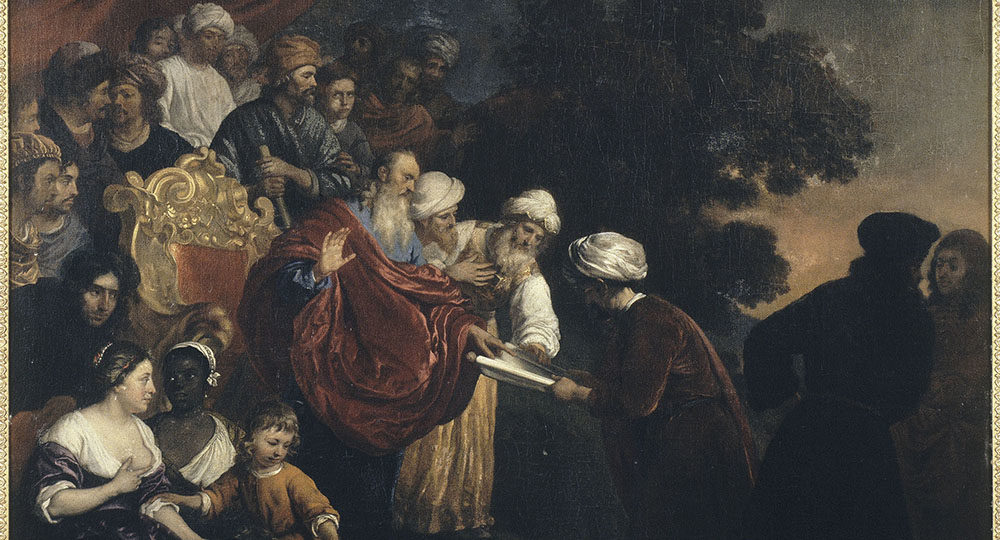

16 thoughts on “Zerubbabel: Man With a Mission”
Leave a Reply
You must be logged in to post a comment.

You must be logged in to post a comment.
Hitler’s evil obsession once plunged Germany into barbarism and madness that afflicted the entire world. And what lies on the horizon may be more madness in the making.
So prolific is Muslim propaganda that many Westerners today question the Temple’s historicity. So it’s time to review the evidence.
Surrounded by trouble and enemies, Nehemiah forged ahead to repair and rebuild Jerusalem. If you think times have changed, you’re in for a surprise.
Today’s Muslims claim the Jewish Temple of Jehovah never existed in Jerusalem. The Bible says differently, as you’ll soon see.
When Ezra the scribe returned to Jerusalem from Babylon, he led a mar- velous revival. So why does he seem underappreciated? Read on!
I came to this article to see if I could resolve whether or not Zerubbabel was the same person as SHESHBAZZAR.
Thanks for the good article.
Thank you very much for sharing us this wonderful Bible story. You have done a great job. May the good Lord be with you.
Thanks for this,it’s very educative.
A succinct account about the Governor Zerubbabel and his commission to lead the remnant of Israel back from Babylon to Jerusalem, and begin building the temple again. An awesome character and in the lineage of Jesus. Amazing weaving of Father Gods purpose. Thank you for joining the dots.
Excellent Article. Thank you, this helped me understand how God always has a plan and His work goes on through His God ordained people. Very encouraging.
Reading this article from the Fiji Islands, in the South Pacific. We are Pentecostals of Pacific Harbour, Fiji. Just this last few weeks, God has been placing the Book of Haggai as a theme for our Youths for this week. I wasn’t expecting this! I was thinking I will just browse through with a few bullet points here and there. This article is so moving and powerful. Thank you, Blessed to have come across this. So sharing this with the Youths.
Am blessed with this powerful word God is watching his program so to accomplish it
Thank you very much for this insight
Zerubbabel’s life and mission; very thought provoking and relevant for these times
Am refreshed. Opposition can’t stop the work God has called me to. God bless you Sir.
This has blessed me tremendously.
thank you for sharing this, it was very helpful
we must continue the work of the LORD, not by our strength but on His.
God bless you
Thank you bro most precious in Christ. I cried reading this. Praise the Lord.
Thank you for sharing this it was helpful.
Thank you for sharing with encouraging insight!
This has been the foundation for a prophetic renewing of godly education in our country – Latvia. The Temple that has to be renewed is the revival that once was in our land and that leads to a great work amongst the children at that time. God is calling us – in this generation – to raise up Haggais, Zerubbabels, Nehemiahs, Ezras and Jozuas.
The season of Cyrus continues!
Thank you for the detailed explanation of this specific Biblical person. Today 7th April 2019 I read from scripture that was directly connected to a situation my husband and I are in. The importance of continuing the Lord’s work and not building our own ‘houses’ confirms our call and the direction of our work. The vine, fig, olive now being blessed, is encouragement that as we are called to the work, so will our work be blessed and the Lord directs and makes provision for his servants. The fact that Zerubbabel was a man with a mission and his royal bloodline was my main interest. Who was this man returning from exile? He was the grandson of a King.. selected to be the Governor and rebuild. A wonderful piece of information. To God be the glory and your work be blessed.